

The Valentine Theatre is a 901-seat facility operated by the Toledo Cultural Arts Center, Inc. After a 21-year effort by the Board of Trustees and the community which raised $28 million, the newly renovated theatre was unveiled on October 9, 1999. Since its Gala re-opening, nearly 1,340,000 people have attended 2,760 international, national and area presentations, weddings and events.
The Toledo Cultural Arts Center, a non profit organization, produces and provides cultural and performing arts experiences for diverse audiences of all ages, to enhance the quality of the cultural and economic life of the City of Toledo, Lucas County, Northwestern Ohio and Southeast Michigan.
Toledo’s historic Valentine Theatre opened on Christmas Day in 1895. Designed by renowned Toledo architect, E.O. Fallis (1851-1927), for owner George H. Ketcham (1862-1925), the theatre was named in honor of Ketcham’s late father, Valentine H. Ketcham, an early Toledo pioneer who was founder and president of the First National Bank and one of the wealthiest men in Northwest Ohio.
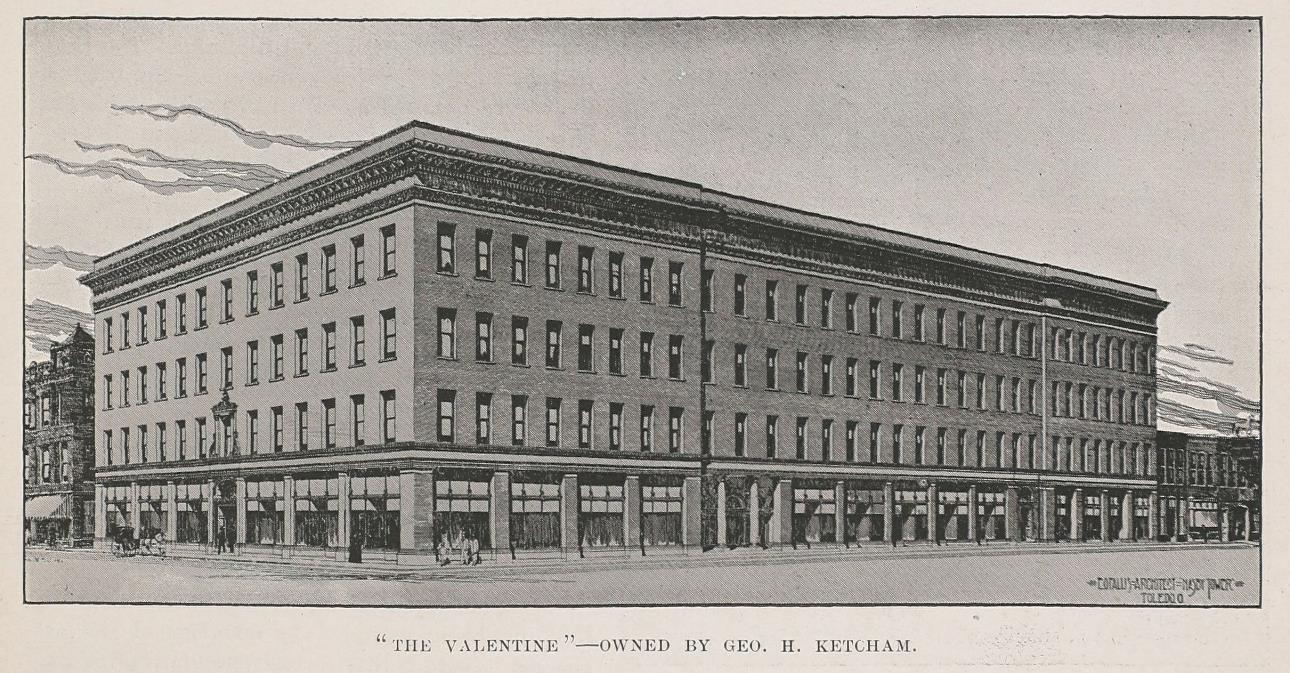
Described as “the finest show house west of the Alleghanies,” opening night featured veteran stage actor Joseph Jefferson reprising his role as the title character in Rip Van Winkle. According to the Toledo News Bee, the new theatre left patrons awestruck.
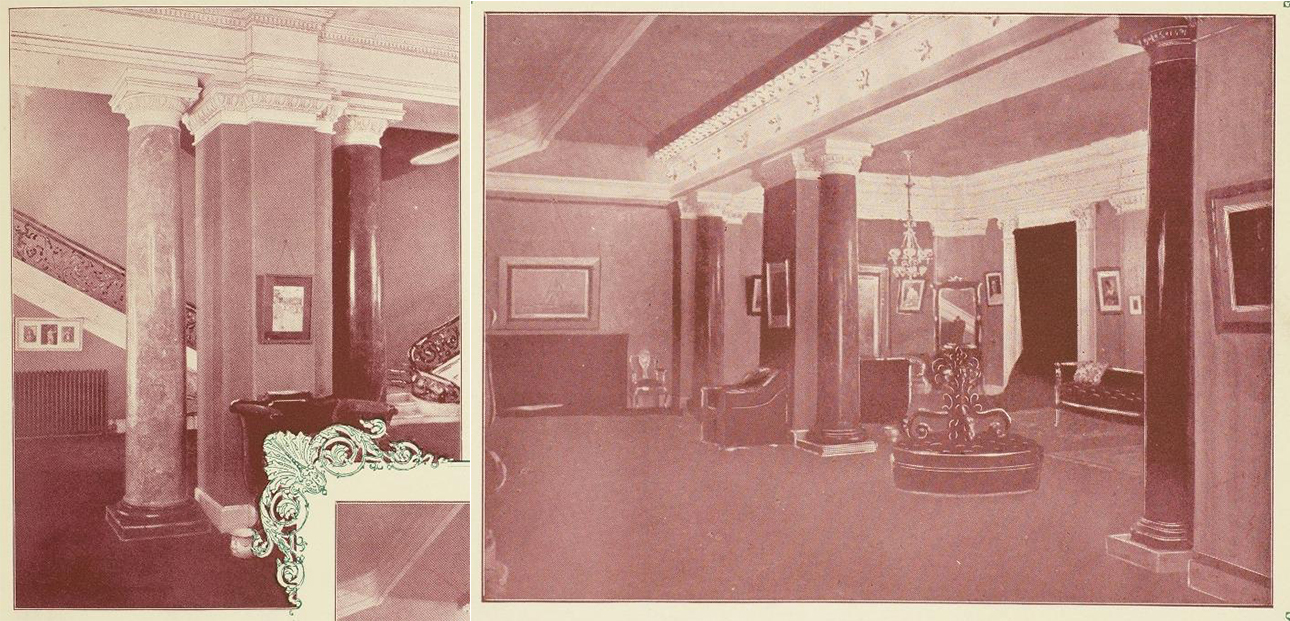
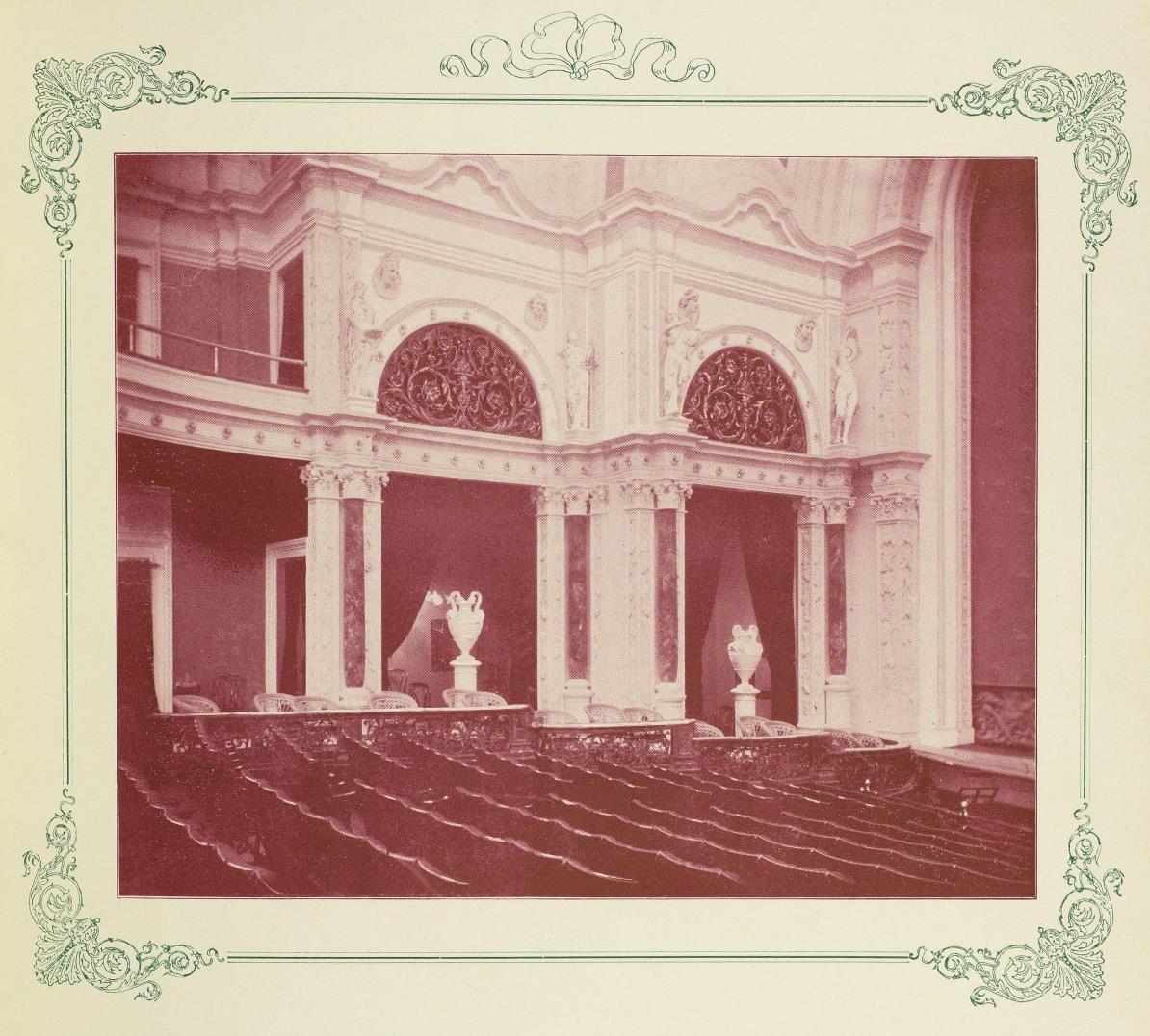
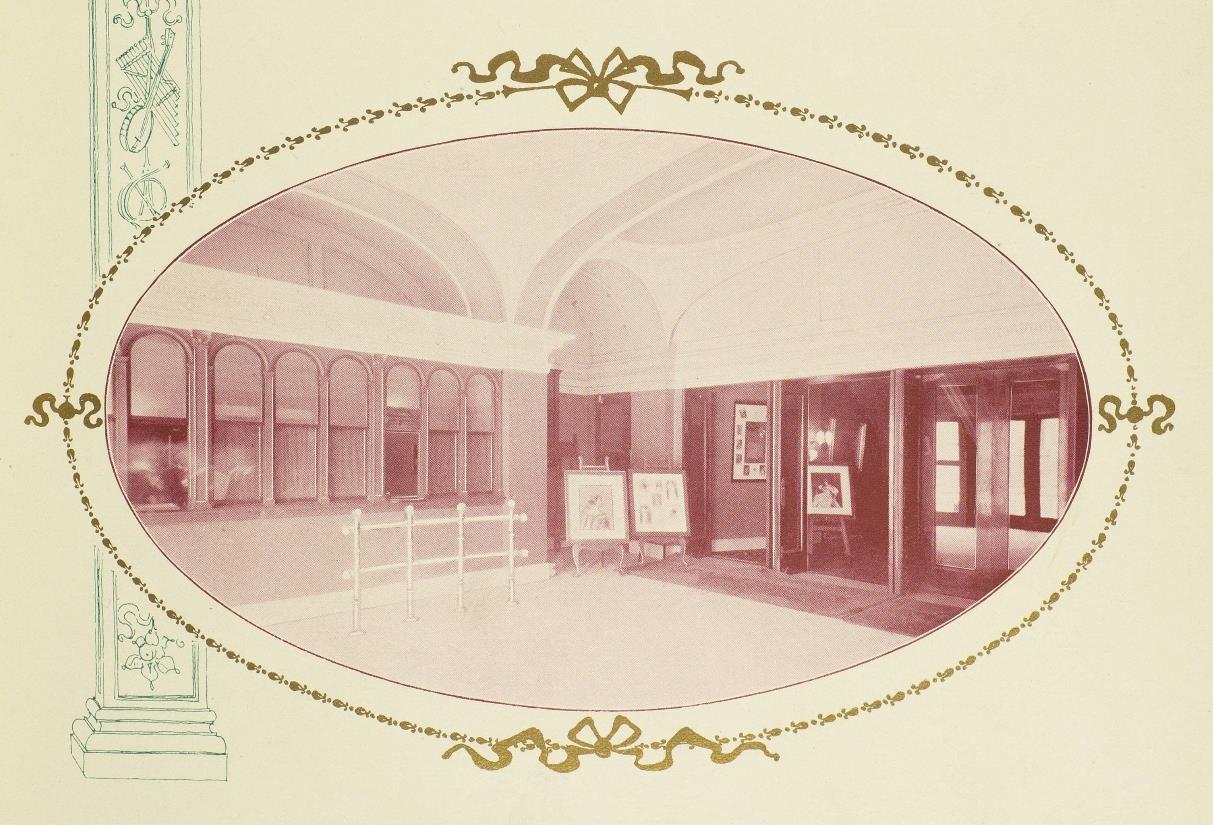
Within a few years of opening the Valentine, George Ketcham created the Valentine Company, adding several regional theatres to his string of playhouses: the Great Southern in Columbus, Victoria in Dayton, English’s Opera House in Indianapolis, and The Fairbanks in Springfield, Ohio. The Valentine thrived for years as a legitimate theatre, featuring the highest caliber of actors, musicians, and dancers. Performers included the great Sarah Bernhardt, Maurice Barrymore and his children Ethel, Lionel, and John, George M. Cohan, W.C. Fields, John Drew, John Phillip Sousa, Anna Pavlova, Nijinsky, and more. Below is an assortment of program covers from the opening night in 1895 through 1909.
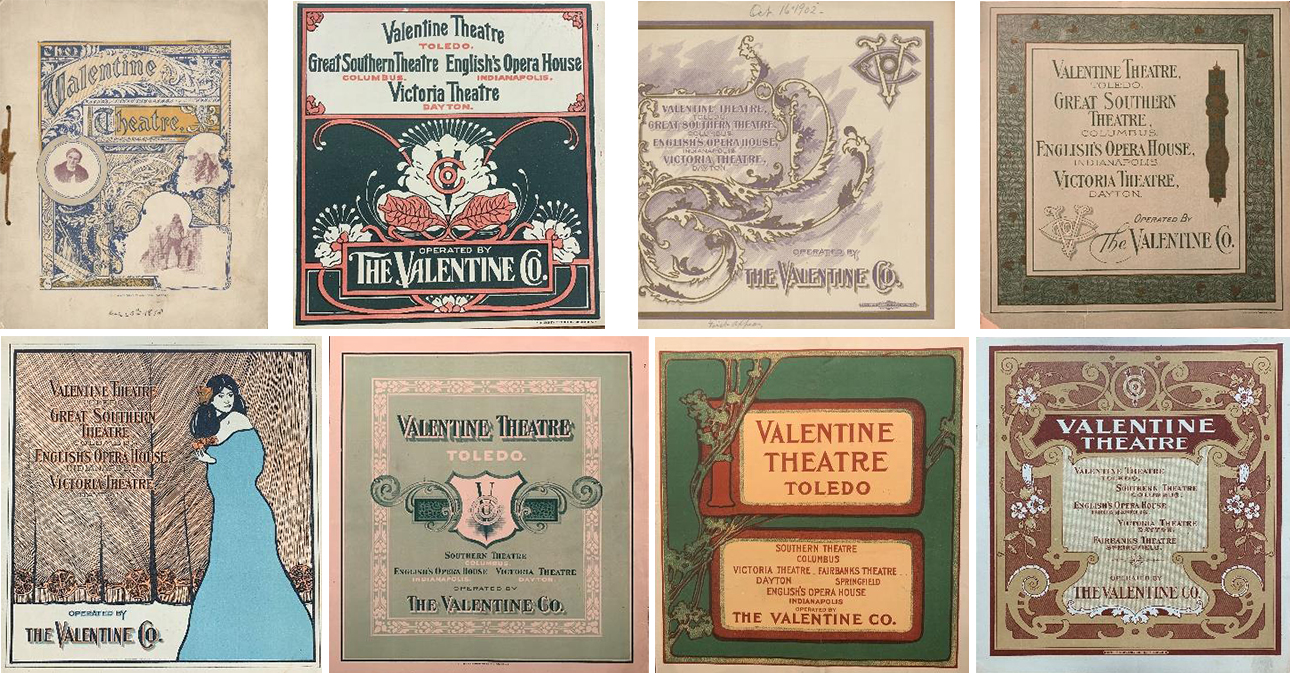
In 1912, George Ketcham sold his interest in the Valentine Company, and in 1917 Loew’s acquired the Valentine Theatre and converted it into a movie house. As a movie house Loew’s Valentine enjoyed success during the early days of Hollywood. In 1932 the theatre was remodeled by Toledo architect Sidney Aftel at a cost of $50,000. The elegant Victorian decor was replaced with vibrant cerise plush draperies and new carpets and seats in blue and gold. The simple marquee was upgraded to a 4,000-bulb fixture with the name Loews (Valentine was dropped) proudly displayed over a canopy with lighted sunbursts. The ticket booth was also moved to the sidewalk level.
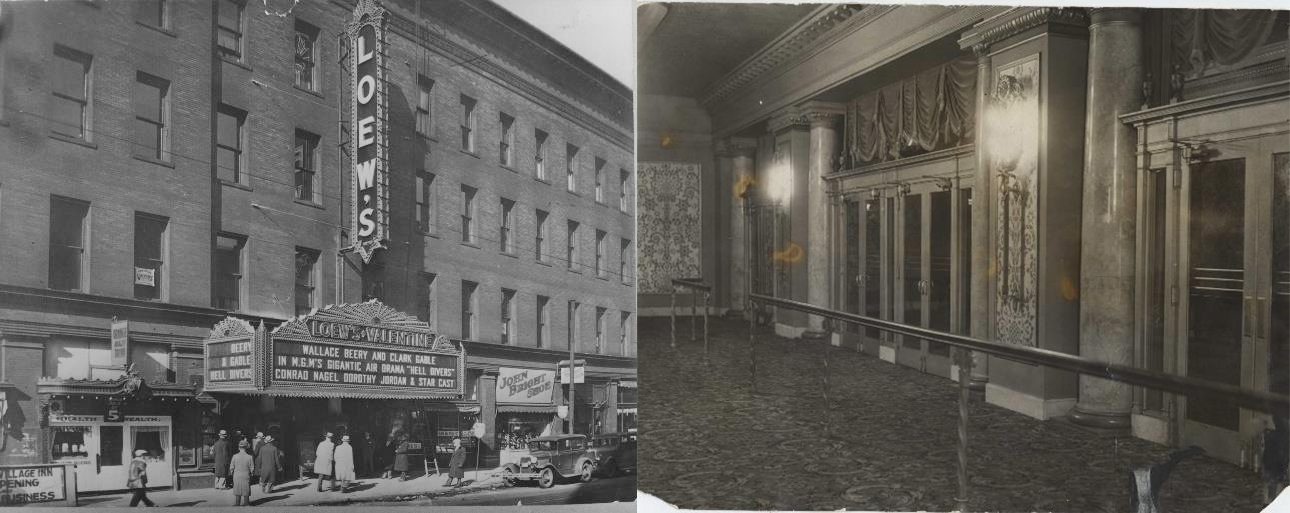
Just 10 years later, the Valentine would be radically changed forever with yet another renovation, this time by world renowned architects, Rapp & Rapp of Chicago. The newly redesigned theatre in a Chinese-inspired motif was unveiled Christmas Eve 1942. Unlike Grauman’s Chinese Theater in Hollywood which reflects more traditional Chinese design, the Valentine was one of the only known theaters in the country to have been decorated in a Chinese Art Deco style. A deep shade of jade green adorned the walls, inspired by vases lent by the Toledo Museum of Art. The staircase, which once featured an oil portrait of Valentine Ketcham, was replaced with a mural of Kwan Yen, the Chinese goddess of mercy, by Swiss artist Martin Ziegner. The lobby was lit with pink and blue indirect lighting. In the auditorium the stage was removed save for a small platform to make room for more seating, and sweeping, curved walls eliminated the proscenium arch, bringing the movie screen closer to the audience. Murals of Buddha floating on clouds and other Chinese motifs decorated the walls, and three large blue neon arches highlighted the expanse and height of the auditorium.
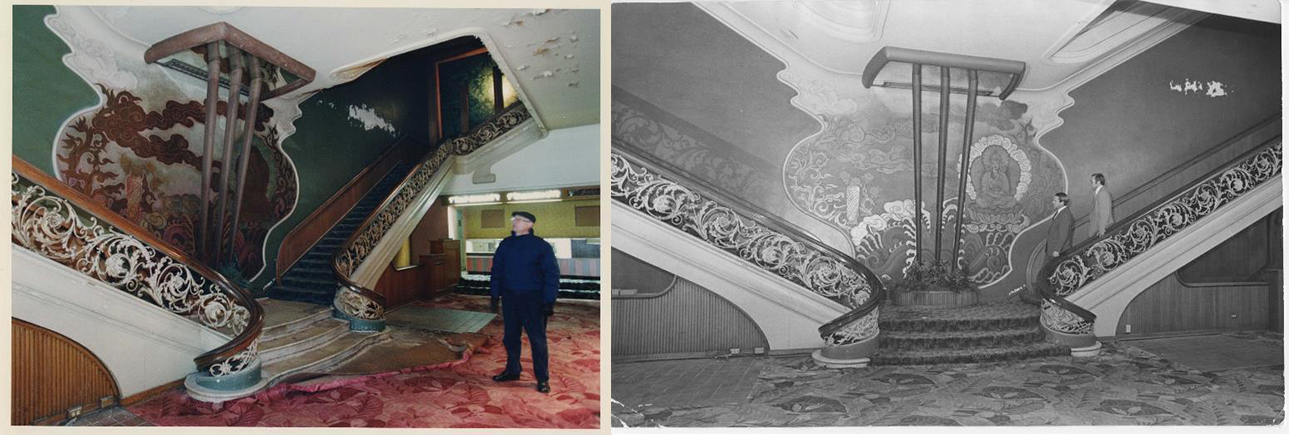
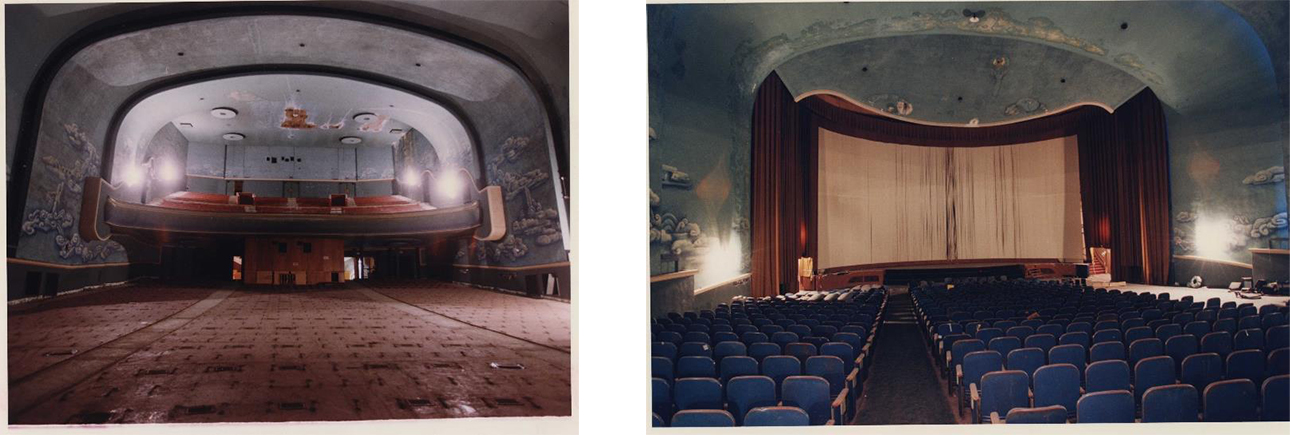
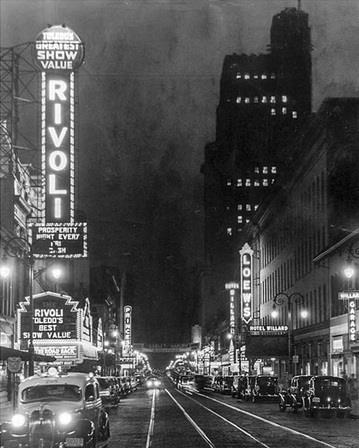
In its heyday, the Valentine Theatre was just one of dozens in Toledo’s vibrant downtown theatre district. On St. Clair Street alone there was the Empire (later The Palace), the Rivoli, the Princess, the Pantheon, the Granada, not to mention the majestic Paramount Theater on Superior which seated 4,000, Burt’s Theater on Jefferson, the Victory on Adams next to the Valentine, and several more. Sadly by the 1980s the Valentine was the only downtown theatre left standing, the others falling victim to public indifference, fires and an urban renewal campaign which saw scores of historic buildings razed.

When the Valentine was threatened with a similar fate in 1983, the citizens of Toledo responded passionately, determined to save the city’s last historic theatre. A grassroots campaign, “Save the Valentine Theatre,” was created by the Friends of the Valentine Theatre, and together with City leaders, including Toledo Blade editor John Robinson Block, persuaded City Council to stay the wrecking ball. In 1985 the Toledo Cultural Arts Center, Inc., engaged Toledo architect Charles Stark II to develop plans to renovate and enlarge the theatre to include a new lobby, rehearsal and office spaces, and dressing rooms. TCAC successfully raised $28 million dollars in state and local funds to complete the renovation.
In October 1999, the newly renovated Valentine was magnificently reborn as a community arts center. More than 50 community groups, including the Toledo Opera, Toledo Symphony, Toledo Ballet, Ballet Theatre of Toledo, Toledo Rep, Toledo Jazz Orchestra as well as local high schools have used the theatre since the re-opening. As a showcase for international tours, national tours and local productions, the Valentine transports audience members back to a day of architectural splendor and sophistication on a stage that provides state of the art theatrical technology.
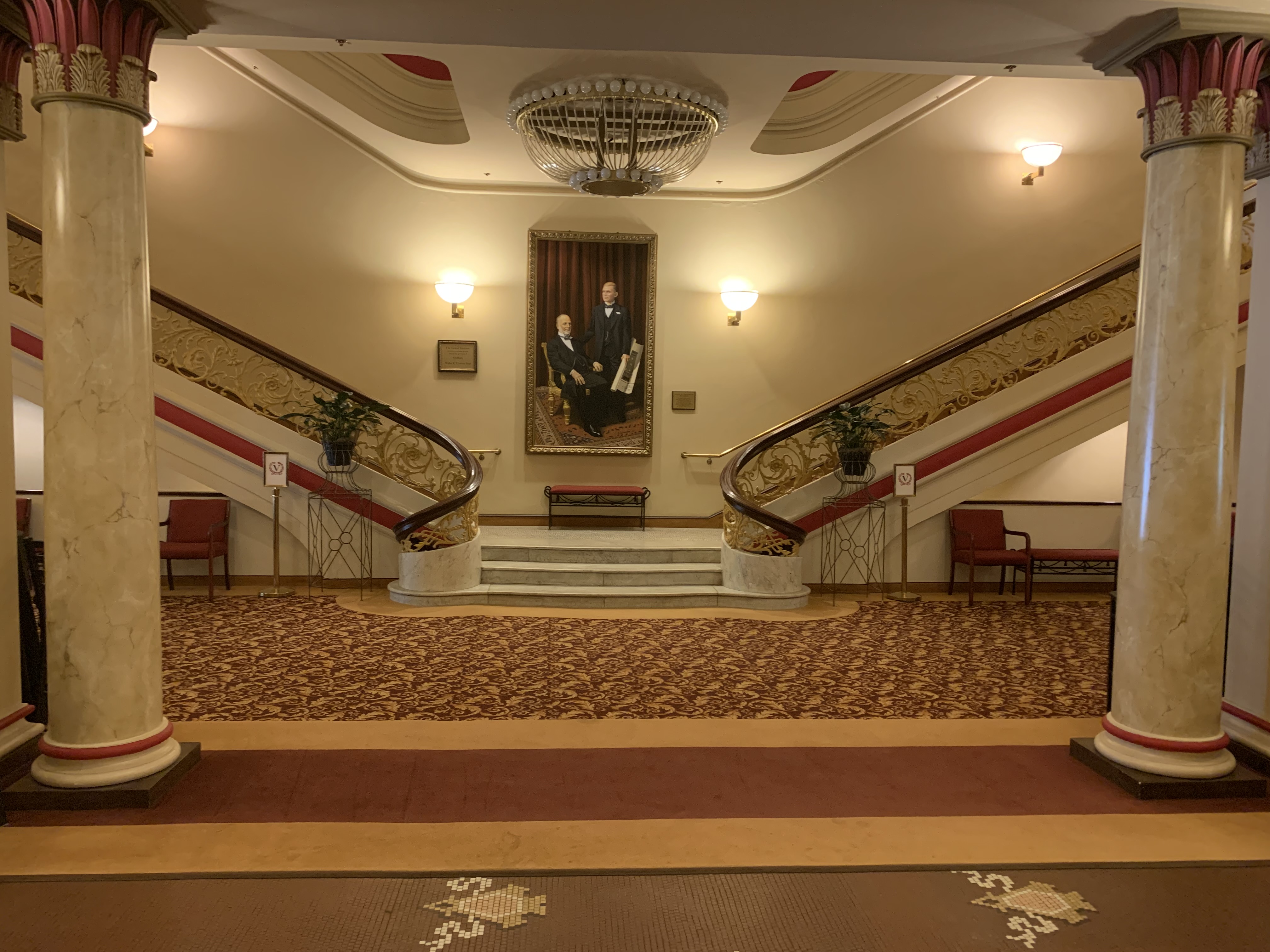
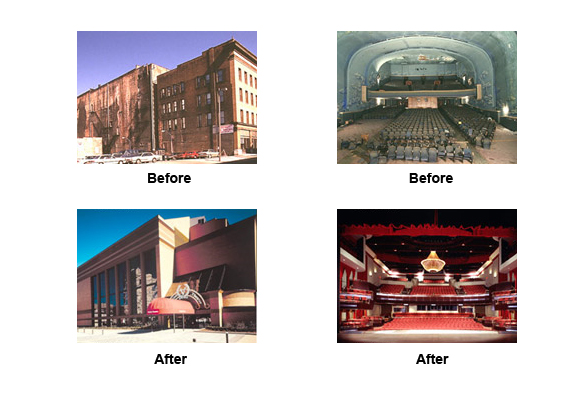
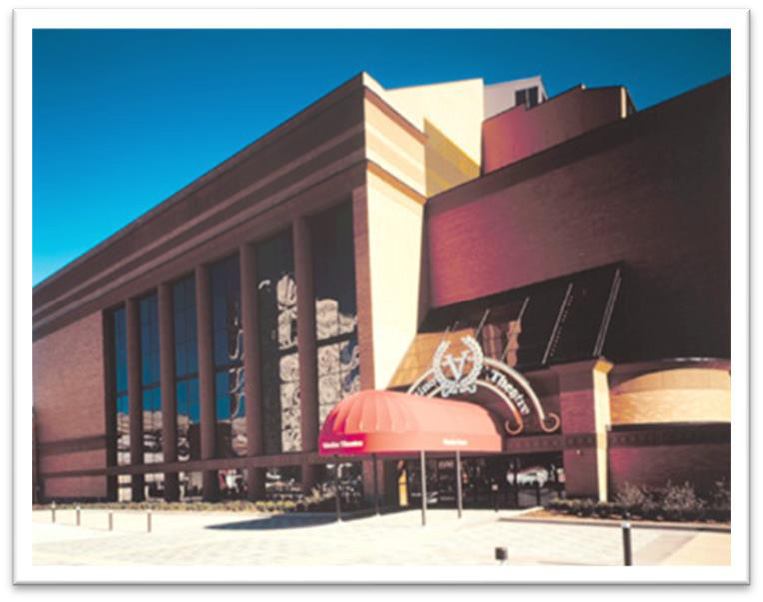
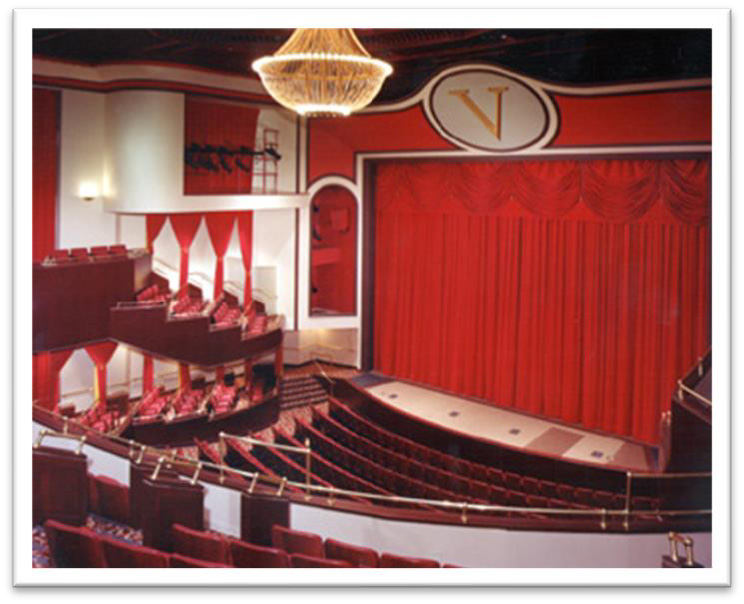
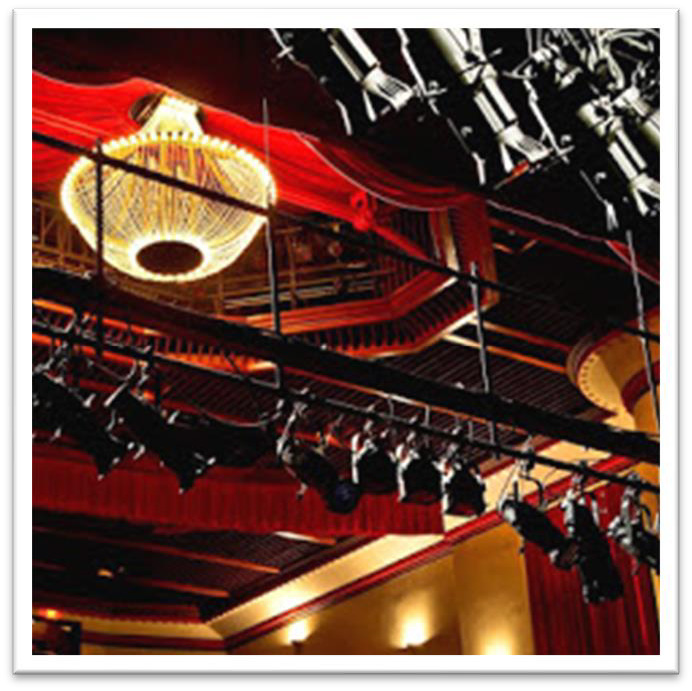
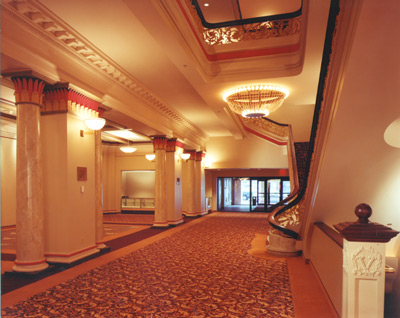
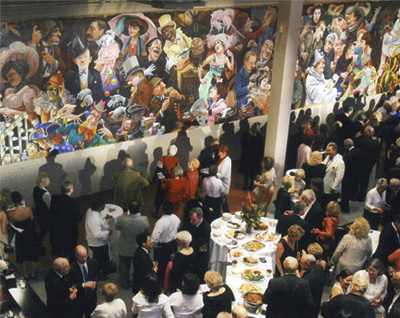
A black box theatre (or experimental theatre) consists of a simple, somewhat unadorned performance space, usually a large square room with black walls and a flat floor. It is a relatively recent innovation in theatre. Thanks to a monetary gift from The Andersons, we now have our very own intimate 100 seat capacity black box theatre adjacent to The Valentine at 410 Adams Street.